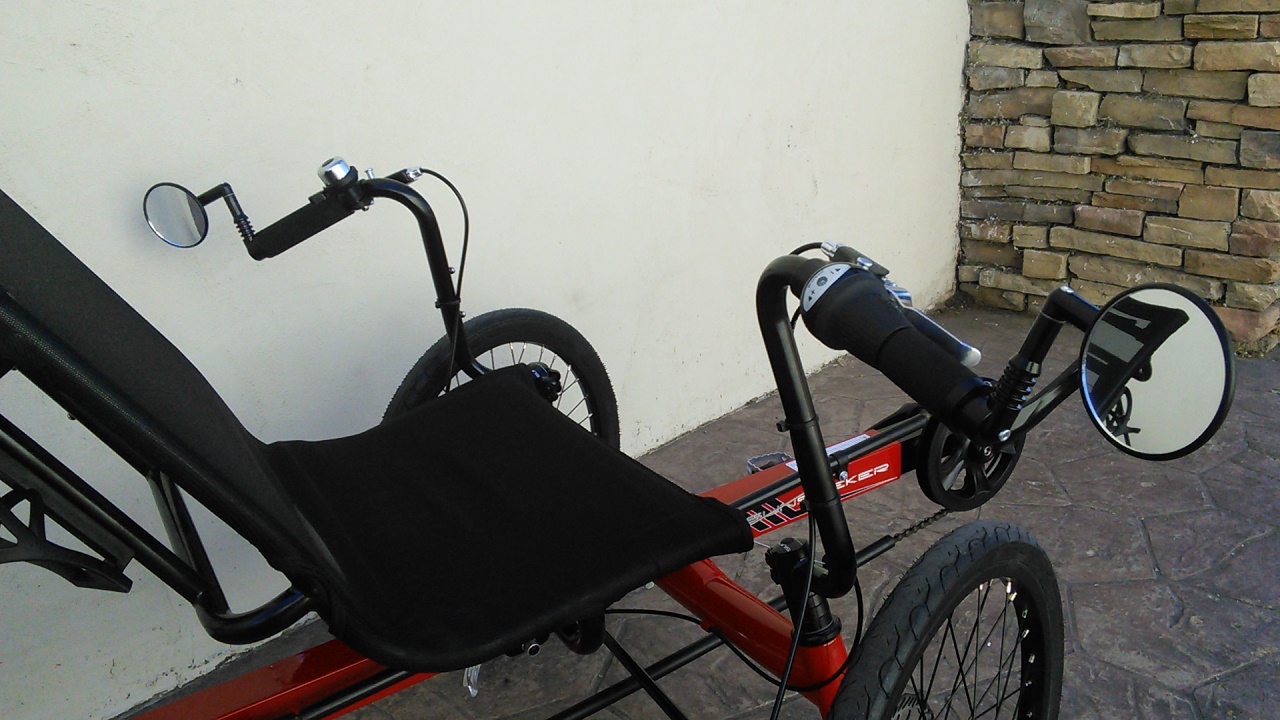Design Of Bell Crank Lever


What Is A Bell Crank Lever
Designing of the bell crank lever involves considering the various forces acting on it. Due to this the bell crank is subject to bending and crushing stress. 2.2.1 Determination of forces acting on it A bell crank lever in which the effort and load arm are at an angle to each other. Bell Crank Lever. A bell crank lever is an angled Class 1 lever. It is a Class 1 lever because the fulcrum is between the load and the effort force. The bell crank lever is used when the effort force must be at an angle, usually a right angle, to the load.
- Fornace, L.V.: Weight Reduction Techniques Applied to Formula SAE Vehicle Design: An Investigation in Topology Optimization (2006)Google Scholar
- Muhammad Sahail, B. Zainol Abidin.: Design and Development of a Bell Crank for Monoshock Front Suspension for Formula Varsity Race Car. Melaka, universiti teknikal malaysia melakaGoogle Scholar
- Borg, L.T., West, R.L., Ferris, J.B., Member, C., Merkle, M.A.: C.Member Borg_L_ETD_Copy_07-26-2009.pdf (2009)Google Scholar
- Dange, M.M.M., Zaveri, S. R., Khamankar, S.D.: International Journal on Recent and Innovation Trends in Computing and Communication Stress Analysis of Bell Crank Lever (2014)Google Scholar
- Zende, S.R., Shaikh, M.R., Dolas, D.R.: International Journal of Modern Trends in Engineering and Research Fillet Radius Optimization of Bell Crank Lever (1947)Google Scholar
- Patel, R.C., Sikh, S.S., Rajput, H.G.: Machine Design (1992–93)Google Scholar
- Chan, W.H., Chan, A.H.S.: Strength and reversibility of movement stereotypes for lever control and circular display. Int. J. Ind. Ergon. 37, 233–244 (2007)Google Scholar
- Allegrucci, L., Amura, M., Bagnoli, F., Bemabei, M.: Fatigue fracture of a aircraft canopy lever reverse. Eng. Fail. Anal. 16, 391–401 (2009)Google Scholar
- Liu, Y.: Recent innovations in vehicle suspension systems. Recent Pat. Mech. Eng. 1, 206–210 (2008)Google Scholar
- Gyllenskog, J.D.: Fatigue life analysis of T-38 aileron lever using a continuum damage approach. All Graduate Theses and Dissertations (2010)Google Scholar
- Jouaneh, M., Yang, R.: Modeling of flexure-hinge type lever mechanisms. Precis. Eng. 27(4), 407–418 (2003)Google Scholar
- Bos van den P.: Design of a Formula Student Race Car Spring-Damper System. Eindhoven, Technische Universiteit (2010)Google Scholar
- Emey, T., Chrysler, D.: Combination of topology and topography optimization for sheet metal structures. Altair Eng. Ger. AIAA 2000-4946Google Scholar


Suspension Bell Crank
Parametric design charts are proposed for the central-lever steering linkage, generated for simplified reference configuration mechanisms, the geometry of which is defined by only four parameters. This highlights the fact, yet not generally acknowledged, that the steering law ensured by a mechanism with adjacent central joints (known as bell crank mechanism), can be identically generated by a triple central joint variant of the same. Particular configurations are identified in which the length of the central lever does not affect the wheel-to-wheel transmission function of the mechanism, permitting a simplified synthesis for the cases in which the maximum stroke of the input member is imposed as a design specification.